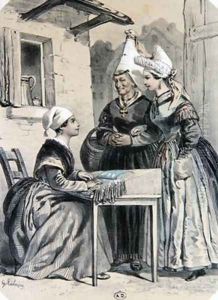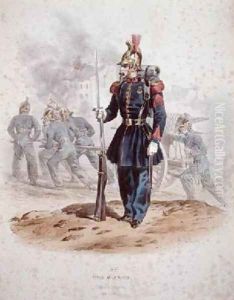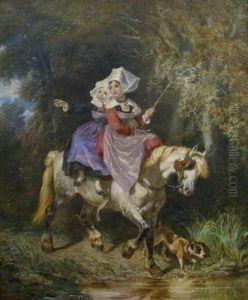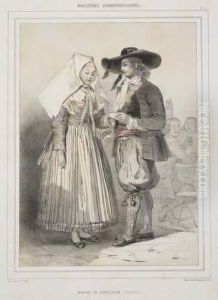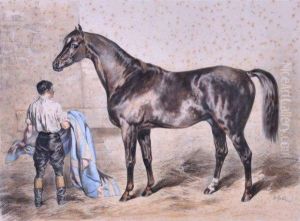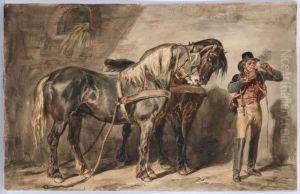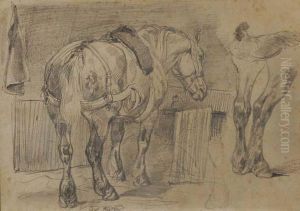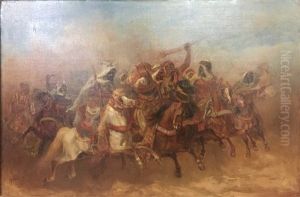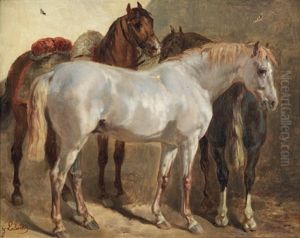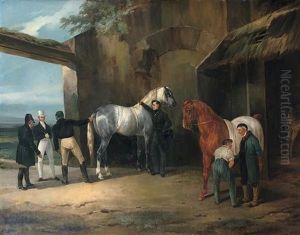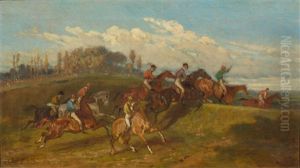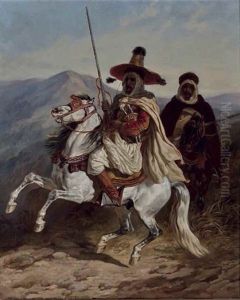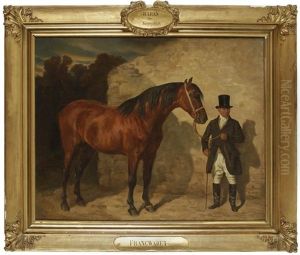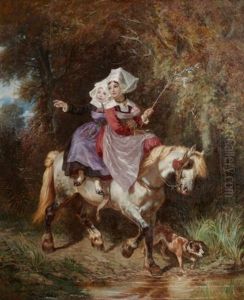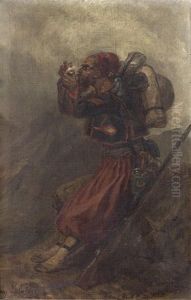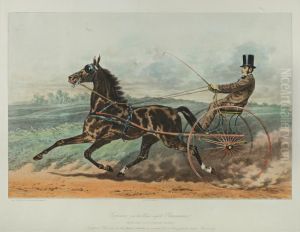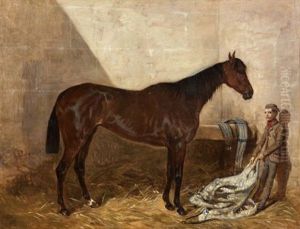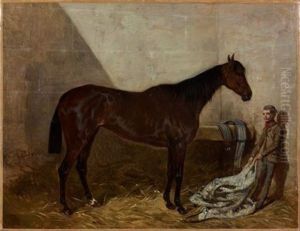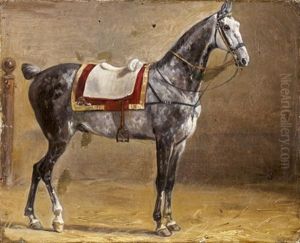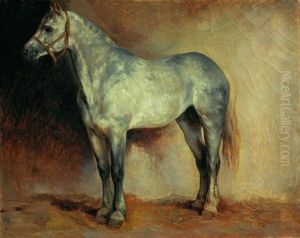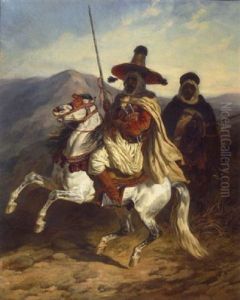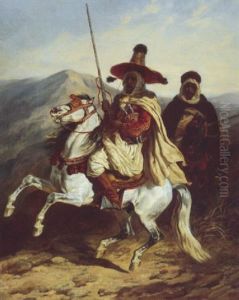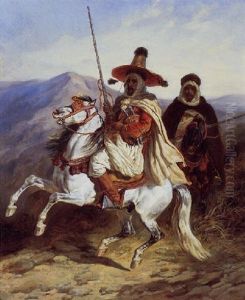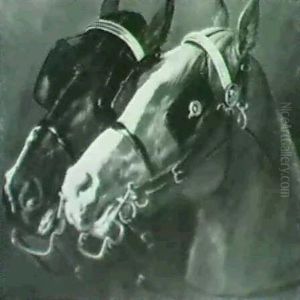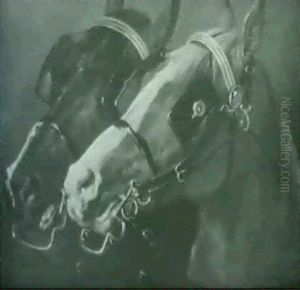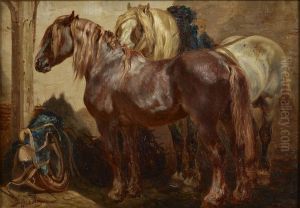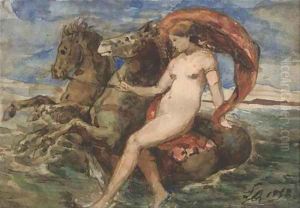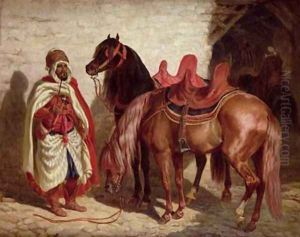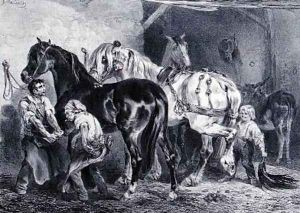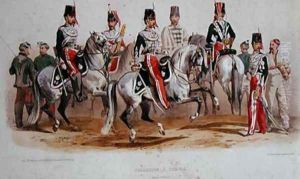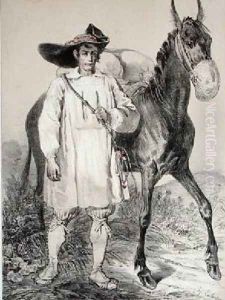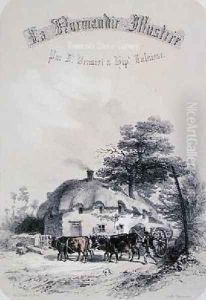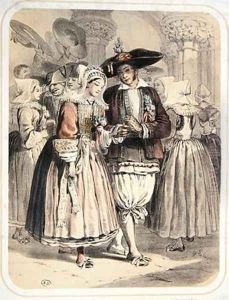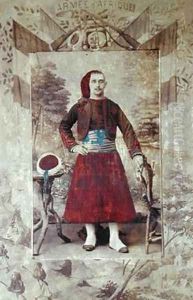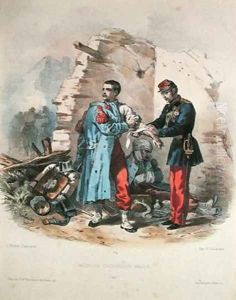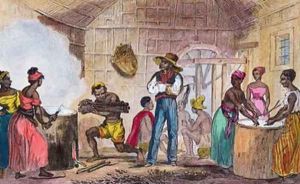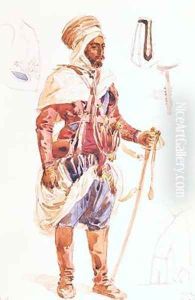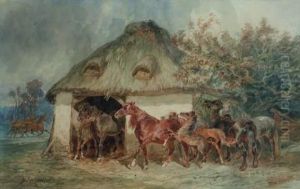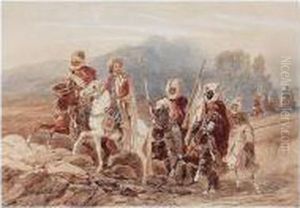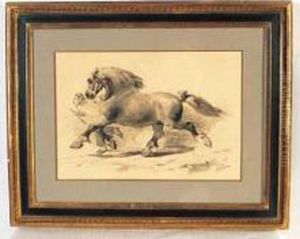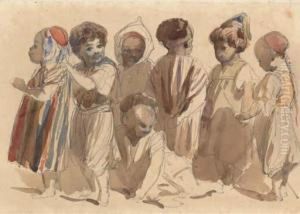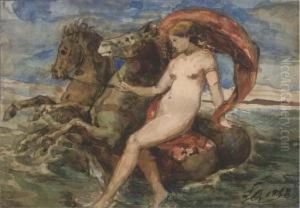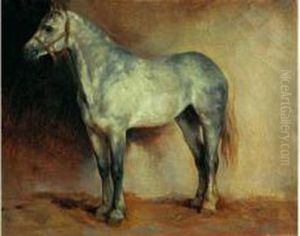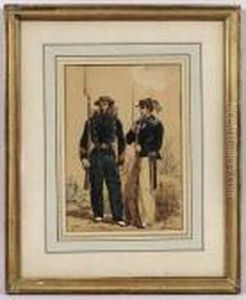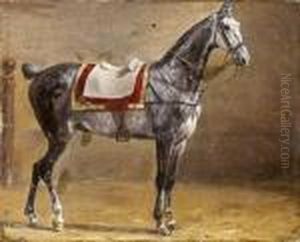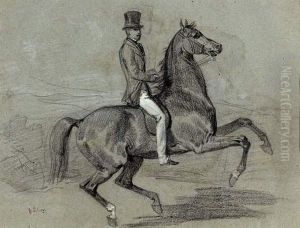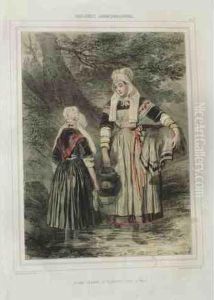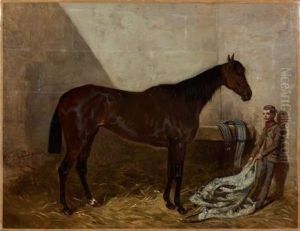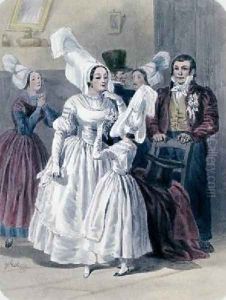Francois-Hippolyte Lalaisse Paintings
François-Hippolyte Lalaisse was a French illustrator and painter, born on March 16, 1810, in Metz, France. He is particularly known for his work in lithography and his contributions to the documentation of French regional costumes and military uniforms.
Lalaisse studied at the École des Beaux-Arts in Paris, where he honed his skills in art and developed a keen interest in lithography. His early career was marked by a focus on historical scenes and illustrations, which became popular in various publications. He was a contemporary of other French artists such as Eugène Delacroix and Alexandre-Gabriel Decamps, who were also exploring the world of lithography and orientalism.
One of Lalaisse's major contributions to the arts is his series of lithographs depicting the traditional costumes of the French provinces. These works were characterized by their attention to detail and accuracy, and they played a significant role in preserving the visual heritage of France's regional attire. The lithographs were not only artistically significant but also of ethnographic interest, as they provided insights into the customs and lifestyles of the French people during the 19th century.
In addition to his work on regional costumes, Lalaisse is remembered for his depictions of military uniforms. His precise illustrations served as important historical documents, capturing the evolution of military fashion and design. These works were particularly valued for their utility in historical research and education.
Lalaisse's talents extended beyond illustration; he was also a skilled painter, although his paintings did not achieve the same level of fame as his lithographic works. Throughout his career, he exhibited at the Paris Salon, an official art exhibition of the Académie des Beaux-Arts in Paris, which was the greatest formal artistic event in the Western world during his time.
François-Hippolyte Lalaisse passed away on July 13, 1884, in Paris. He left behind a legacy that provides a unique window into the cultural and historical aspects of 19th-century France. His dedication to the craft of lithography and his passion for capturing the essence of French heritage have ensured that his work continues to be studied and appreciated by historians, art enthusiasts, and ethnographers alike.
